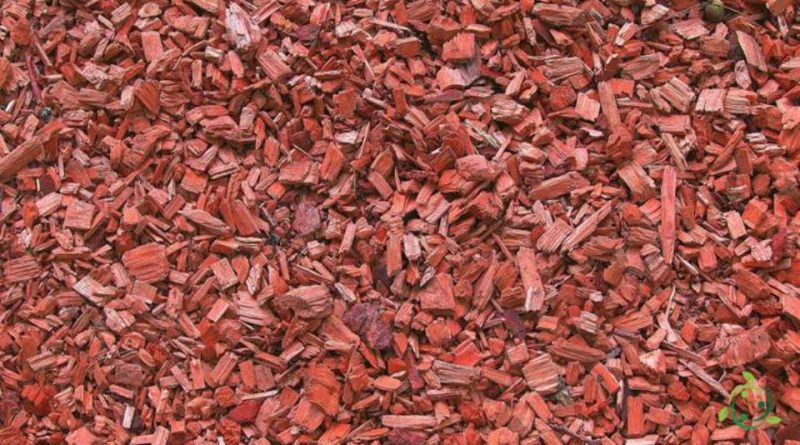Production of wood chips at home
Production of wood chips at home
Wood chips are reduced in scales, with varying sizes from some millimeters to a few centimeters.
The cork is produced from trunks and ramles through a tool which is called a snatcher.
Once the wood chips are obtained, they can be used as fuel or raw material for natural and / or industrial processes.
Wood chips, like other ligno-cellulosic biomasses, cannot be considered in itself a renewable source such as solar energy and wind energy for the long – when possible – times of formation and growth of the original plant; however wood chips can be the raw material for the growth of the original plant species in a closed cycle.
The necessary condition for the renewability of this raw material is that the withdrawal from the source does not exceed the growth of the same. It can be produced from agricultural and forestry waste or from dedicated crops (short rotation).
The wood chips are produced in large forest preparations, on farms but can also be produced at home for the necessary uses.
Wood chips are one of the various forms into which wood can be transformed and can be used for pellet stoves by mixing it in reduced percentages with pellets or for biomass boilers, mainly for wood chips.
Wood chips are wood reduced into small flakes starting from logs and branches, using a chipper.
The chipper is a machine that produces a material, precisely wood chips, which has a size ranging from 10 to about 70 millimeters.
Wood chips, being a natural waste with combustion properties and which can be regenerated in a short time, can be easily inserted into biomass, sources of clean energy and of organic-natural origin, provided that the procedures mentioned above are respected.
Production of wood chips at home –
The essential condition for producing wood chips at home is to also have a small vegetable garden or garden to draw from for the basic wooden material, such as pruning residues, wood waste, etc.
Keep in mind that the caloric yield of the pork varies according to two parameters:
– the essence of wood used (olive, citrus, various fruit trees, forest essences, etc.);
– the degree of humidity it presents (it can be fresh from production with a humidity of between 40-50% or dry with a humidity of less than 20%);
– distance between the place of production and use of this material.
These factors affect not only its calorific value but also its price.
Returning to the snatcher, this can be used for the transformation of waste resulting from woodworking and pruning of plants into small flakes with a size of several millimeters.
For completeness of information, it should be borne in mind that, based on the size of the flakes produced, the wood chips are in turn divided into:
– wood chips, which is the material with the largest flakes;
– Chippatino and microchippatino, material with smaller flakes.
The finest wood chips, up to 3 cm, can be used for boilers and stoves, while wood chips up to 6 cm are used in the industrial sector.
The most common chippers are of two types: disc chipper and drum chipper.
The chippers, depending on the size and power, are able to process branches of a few millimeters in diameter in hobby models, up to whole plants with trunk and crown for industrial models with powers of hundreds of kW.
For home use, we recommend a picking machine of a few kW which, however, is able to ensure the processing of the quantities available.
The drier the source material to be chipped, the more efficient and less problematic the work of the mop will be. It is therefore advisable to create a first deposit of this material where it loses most of the moisture.
Once the flakes are obtained, they will be dried further and stored for a few months in a warehouse: their percentage of humidity will decrease as the drying process is completed.
Wood chips must be very dry because, as with wood or pellets, this increases the most heating power.
Wood chips can be used both for the production of electricity in biomass power plants, and to produce heat or in combined form in cogeneration plants, and for the creation of heat in home-sized burners.
In fact it can power both small plants (a few kW) and large plants up to the order of several MW. Its use is spreading in Italy due to low production costs and thanks to the incentive of White Certificates (TEE) in biomass boilers and pyrogasification plants.
Furthermore, given its biological origin, if not contaminated, it can be an excellent basic, economic and natural element, for vegetable gardens, agricultural land, gardens and to produce compost.

